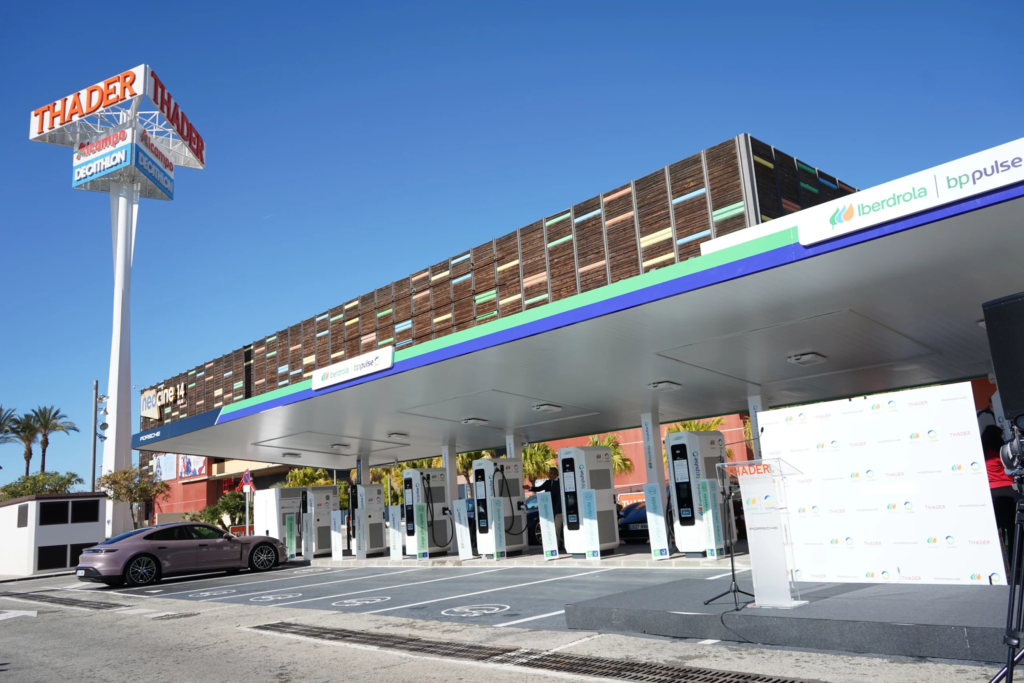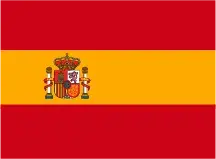Consuelo López Segura, Head of Network at Iberdrola | bp pulse, explains that the company’s horizon is the widespread coverage throughout the geography of Spain and Portugal.
The objective from the company’s standpoint is to be present in every corner of Spain.
Therefore, they emphasize the need to land in areas particularly lacking in charging infrastructure.
In other words, not only in major cities like Madrid and Barcelona, where there is high traffic of electric vehicles, but also in those areas with lower traffic density.
With an investment of one billion euros, it has set out to achieve its goal: to reach 5,000 charging points by 2025 and raise that number to nearly 12,000 by 2030.
“We started in early December and for this 2024 we are working on two fronts. One is the integration and migration of all the assets that our owners have been transferring to us, and on the other hand, the massive deployment we want to undertake to achieve our objectives,” details López Segura.
In February, the company inaugurated the station with the highest installed power in the Murcia region.
Located in the Thader shopping center in said province, the new installation has eight ultra-fast charging points (two at 360 kW and six at 180 kW) which allow simultaneous charging of eight vehicles.
This expands its presence in that area, where it already has a total of 18 locations with over 150 kW in operation.

What are the focal points of Iberdrola | bp pulse’s commitment?
The new company aims to address one of the main demands of users, which is the lack of public chargers in the country.
In this regard, its plan involves breaking down the barrier associated with the perception of lack of autonomy through the implementation of fast and ultra-fast public charging facilities, that is, accessible to all individuals.
Its expansion, which focuses on power and network coverage, plans to install charging stations ranging from 100 kW to 400 kW, in order to reduce charging times.
In this regard, the specialist explains:
“The idea we have with the hubs we are designing is to enable any user who goes to charge their car to do so in 10 minutes and achieve a range of 300 kilometers.”
Additionally, they are charting a roadmap to decarbonize heavy transport through electrification with new high-power charging technologies.
A look at the DGT map
The National Access Point created by the Directorate General of Traffic (DGT) has been available for a month.
This map contains information on electric vehicle charging points.
Here, Spaniards will find information through their navigation systems and mobility applications, providing all the details for their use.
When asked about the DGT initiative, the executive considers:
“We positively value the proposal. It is beneficial to provide confidence and security to the user, and above all, to be transparent, to be able to offer all the information that is demanded.”
Drivers will have access to the exact location either by address or coordinates, opening hours, types of services available, accessibility measures, accepted payment methods, number of charging points, and available connectors.
Regarding the hubs, information will be available on the type of connector, format, charging mode, power, and voltage.
New stage, a new alliance
Both bp pulse and Iberdrola are companies that are committed to sustainable mobility, in this case, electric mobility.
Iberdrola offers comprehensive mobility services with an extensive and innovative network covering domestic, public, and business charging, as well as solutions for urban and heavy transport.
On the other hand, bp pulse provides great coverage with its service stations, currently totaling 1,300 in the territories of Spain and Portugal.
The breadth of bp and the experience and infrastructure of Iberdrola mean a “good starting point to create this company” where both contribute their knowledge in electric mobility.
With an eye on the future, López Segura indicates: “This is an ongoing project. We have a fundamental challenge ahead of us, and that is to make electric mobility and vehicles a reality both in Spain and Portugal.”







